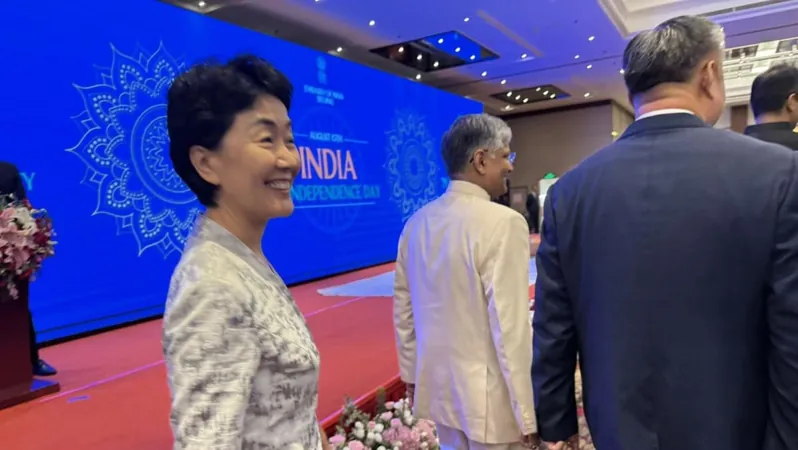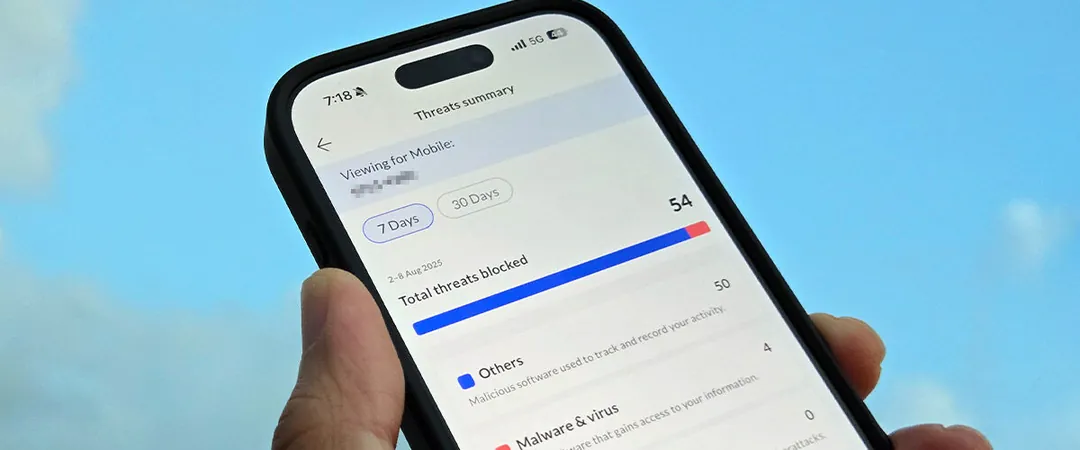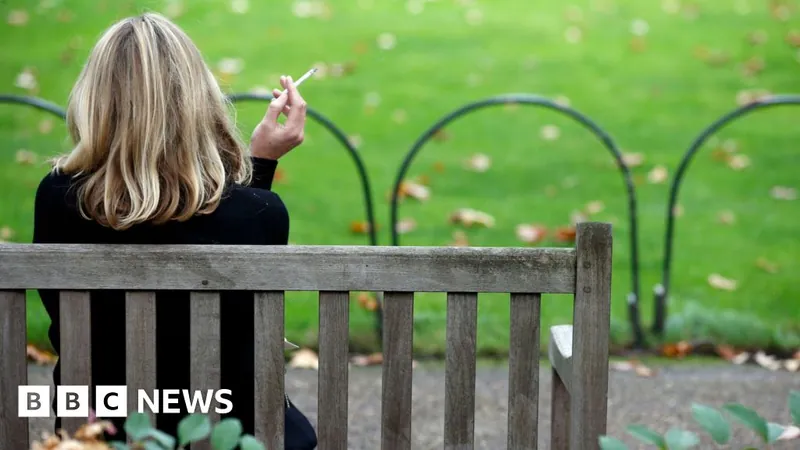
Revolutionary Study Unveils the Hidden Power of Meal Texture Over Eating Rates!
2025-06-03
Author: Daniel
Unlocking the Secret to Healthier Eating Habits
A groundbreaking study from researchers at Wageningen University in the Netherlands has shaken up our understanding of how meal texture influences eating speed—and ultimately, our energy intake from ultra-processed foods (UPFs). This revelation was shared at the prestigious American Society for Nutrition conference, NUTRITION 2025, on June 2, 2025, in Florida.
Mind-Boggling Results from a 14-Day Experiment
Over 14 days, participants indulged in two different diets comprising more than 90% UPFs. One diet was crafted with textures that slowed eating, while the other encouraged a rapid munching pace. Astonishingly, those consuming slower-textured meals reduced their caloric intake by an average of 369 calories each day!
The Science Behind the Difference
The eating rate, measured in grams per minute, has long been considered a key player in calorie consumption linked to UPFs. This research underscores the pivotal role sensory cues, like food texture, play in regulating how much we eat.
A Controlled Environment for Groundbreaking Insights
Conducted at the Human Nutrition Research Unit, this semi-residential study ensured precise control of meal administration. Participants were free to enjoy their meals at the unit or return home in the evenings, allowing for an authentic but monitored dining experience.
Texture Matters: A Game-Changer for Eating Behavior
The research led by Prof. Ciarán Forde revealed that nearly every participant adjusted their eating behaviors in response to meal texture—with no need for conscious effort or restrictions. That’s right—people ate less without even trying!
A Simple Solution for Energy Management?
The findings highlight a promising avenue for moderating eating behaviors, offering fresh strategies for regulating energy intake through sensory experience. With an astonishing cumulative difference of over 5,000 calories across the 14-day study, texture emerges as a key element in our dietary choices.
Takeaways for Better Eating Habits
Participants rated meals on both diets as enjoyable and familiar, and surprisingly, there was no difference in their feelings of hunger or satisfaction despite lower calorie consumption on the slower-textured meals. Prof. Forde's insights stress the potential of meal texture to modify our habitual eating patterns without sacrificing enjoyment.
As we continue to navigate the challenges of healthy eating in a world saturated with UPFs, this study sheds light on the incredible influence of sensory factors in our food choices. It's time to rethink not just what we eat, but how we experience food!





 Brasil (PT)
Brasil (PT)
 Canada (EN)
Canada (EN)
 Chile (ES)
Chile (ES)
 Česko (CS)
Česko (CS)
 대한민국 (KO)
대한민국 (KO)
 España (ES)
España (ES)
 France (FR)
France (FR)
 Hong Kong (EN)
Hong Kong (EN)
 Italia (IT)
Italia (IT)
 日本 (JA)
日本 (JA)
 Magyarország (HU)
Magyarország (HU)
 Norge (NO)
Norge (NO)
 Polska (PL)
Polska (PL)
 Schweiz (DE)
Schweiz (DE)
 Singapore (EN)
Singapore (EN)
 Sverige (SV)
Sverige (SV)
 Suomi (FI)
Suomi (FI)
 Türkiye (TR)
Türkiye (TR)
 الإمارات العربية المتحدة (AR)
الإمارات العربية المتحدة (AR)